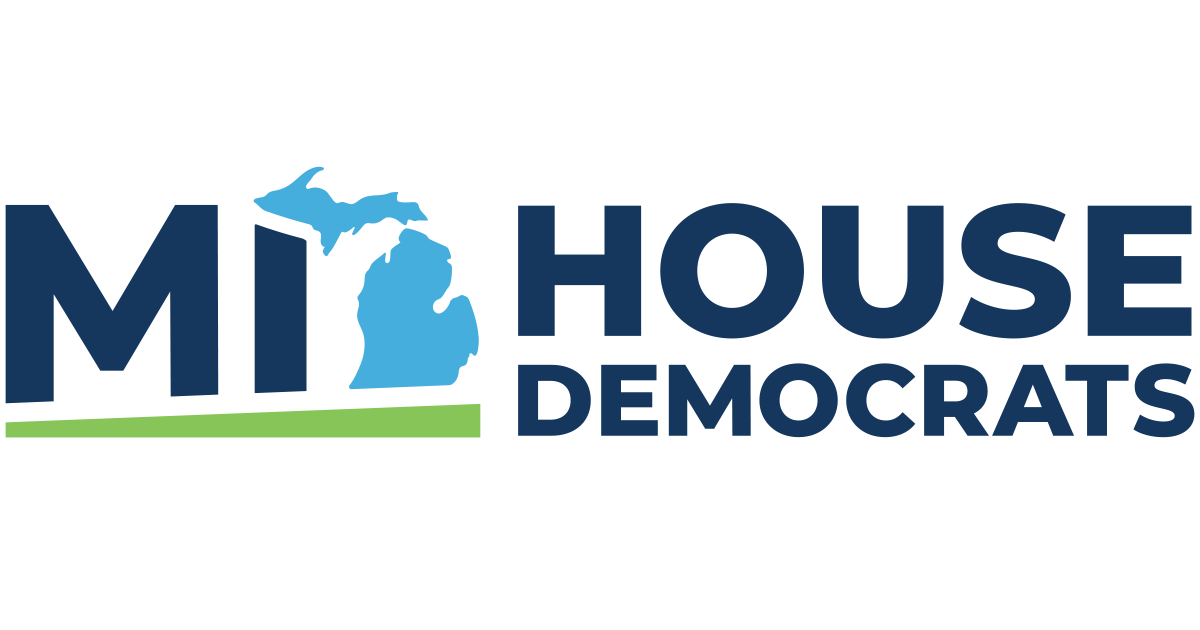DETROIT — Today, state representatives from Detroit joined members of the Detroit Fire Fighters Association to highlight safety concerns after changes were made to Detroit’s fire fighter response policies. The recently implemented ‘no lights, no sirens’ incident response policy creates two tiers of emergencies for fire fighters — life threatening, or code 1, and non-life threatening, or code 2 — and designates response procedures based on the tiers.
“This arbitrary policy is a detriment to public safety in Detroit,” said state Rep. Sherry Gay-Dagnogo (D-Detroit). “A 9-1-1 call should never warrant a lax response from first responders, and that is exactly what this policy ensures will occur.”
The policy allows fire crews to shut off lights and sirens on emergency vehicles during certain calls that are deemed less urgent. The policy designates code 1 responses for “life threatening” emergencies, including active fires, carbon monoxide alarms, and downed power lines, requiring fire fighters take a rapid, full sirens and lights approach. Code 2 responses for “non-life threatening” calls, such as for strokes, require fire fighters to respond without activating their sirens and lights. Previously, fire fighters responded to all calls with lights and sirens.
"I am very disappointed that this administration is making unsound decisions that are adversely affecting the lives and safety of all Detroit citizens and our hard-working first responders,” said state Rep. LaTanya Garrett (D-Detroit). “That is why I am committed to working hand-in-hand with the leadership of the Detroit Fire Fighters Association to ensure that these detrimental policies are reversed."
Since its enactment, the new policy has already been revised to reclassify all fire alarm, carbon monoxide alarm and downed power line calls as code 1.
“Trying to prioritize emergencies that are serious enough to warrant a 9-1-1 call is a recipe for disaster,” said state Rep. Fred Durhal III (D-Detroit). “This system puts the safety of our fire fighters and the public on the line by forcing dispatchers and fire fighters to choose which emergency calls warrant an emergency response.”
According to media reports, Detroit fire officials state the recommended response time for a code 1 run to be four minutes from the time of dispatch to the first engine’s arrival; code 2 runs have no recommended response time.
“Public safety and responding responsibly are mutually dependent, and I stand with our fire fighters in their pursuit to preserve and protect lives in Detroit,” said state Rep. Leslie Love (D-Detroit).
“The new response policy will slow emergency call response times, placing more people in danger,” said state Rep. Tenisha Yancey (D-Detroit). “While prioritizing emergencies is important to a department we all know is stretched very thin, a dispatcher cannot fully assess over the phone the severity of an emergency, and that puts us all at risk. Detroit residents and fire fighters deserve better!”
###
